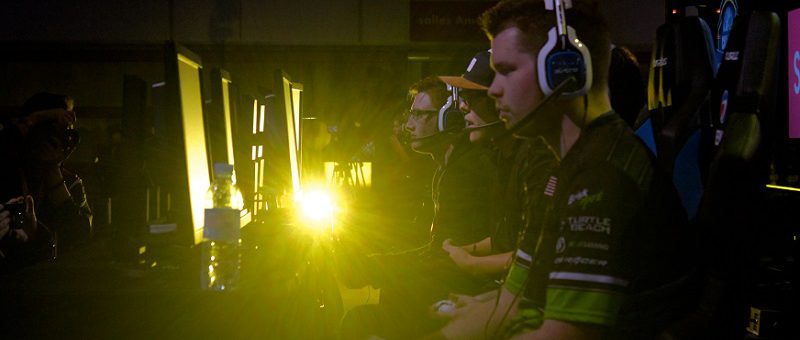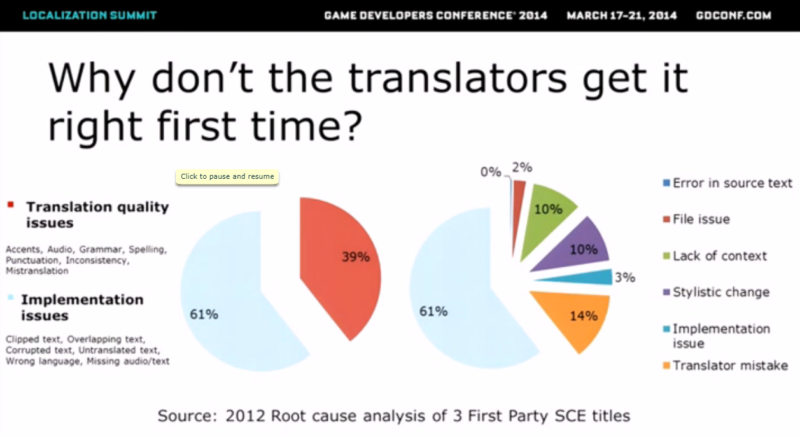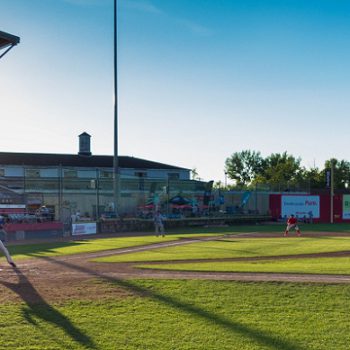
Why do game developers keep making the same video game localisation mistakes?
When it comes to video game localisation, game developers have a habit of making the same mistakes over and again. Not only do new developers somehow copy the mistakes made by those before them, the same developers seem reluctant to learn from their own past mistakes.
This is obviously frustrating for the gamers, who have to deal with releases that fail to meet their expectations, in familiar fashion. Meanwhile, games developers see their titles fall short of reaching their full potential.
So why aren’t developers learning from their past mistakes and putting things right in their future releases?
What video game localisation mistakes are developers making?
Before you can put issues right, you need to know precisely what they are. Back in 2012, Sony QA looked into the root cause of the most common video game localisation errors and came up with the following:

It found that 61 percent of video game localisation problems resulted from implementation issues like clipped, overlapping, corrupted or untranslated text; the wrong language or missing audio/text.
The remaining 39 percent of video game localisation issues came down to poor gaming translation quality. However, the interesting point is that – when you break down the cause of low quality translations – the majority comes down to mistakes made by the developer, not the translator:
- File issue – 2%
- Lack of content – 10%
- Stylistic change – 10%
- Implementation issue – 3%
- Translator mistake – 14%
This tells us that the bulk of video game localisation problems start with the developer – both on the implementation and gaming translation side of things. Gaming translation errors only add up to 14 percent of the total gaming localisation mistakes in games, which is also far too high for a product being sold on the commercial market.
If more developers hired professional translators, this figure would likely drop.
Time to take video game localisation seriously
It’s worrying to see how many gaming localisation issues come down to the core development process of a game. Localising games for multiple audiences isn’t easy, but developers are responsible for making sure their code is up to the required standard. They don’t need to be video game localisation experts themselves, but they do need to work with them on anything they can’t do on their own.
Also, third-party testing is a vital part of the gaming localisation process. Many developers aren’t sure what counts as quality localisation and that’s fine – as long as they can confirm that the work they’re having done to their game meets the right standard.
When it comes to keeping the workload (and cost) down, getting the localisation process started as soon as possible is essential. As a developer, you don’t want to find out your code isn’t suitable for localisation when you’ve got time and budget constraints. Make sure you know how your code needs to be formatted for localisation or work with a video game localisation team from the start of your projects. You’ll save a lot of pain in the future.
The most important things with video game localisation is preparation. Too many developers leave it as an afterthought, only to find out their game hasn’t been built with gaming localisation in mind. Another big problem is developers making compromises on who they hire to handle the gaming translation and localisation process – if they even bother at all.
If you’re serious about getting your game out to the widest possible audience, invest in the kind of video game localisation today’s gamers demand.
- Posted by Alexandra Kravariti
- On 18th January 2018
- 0 Comments



0 Comments